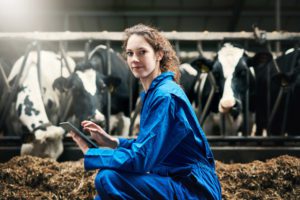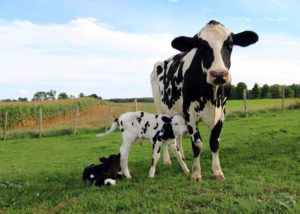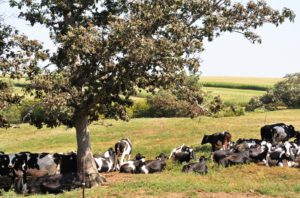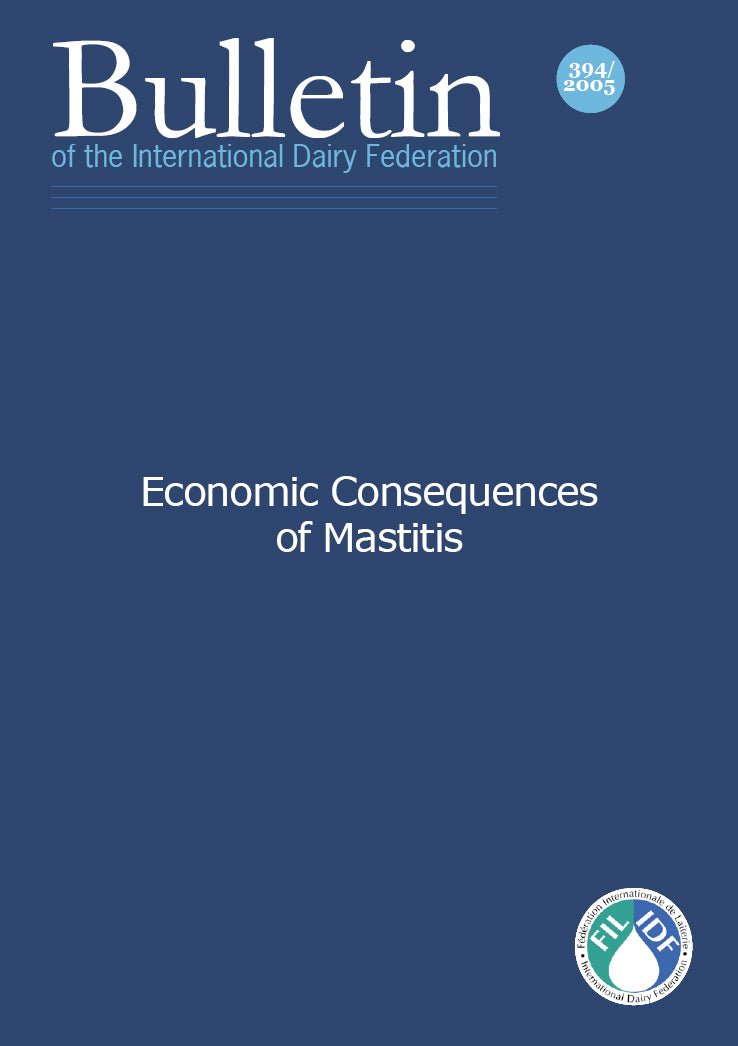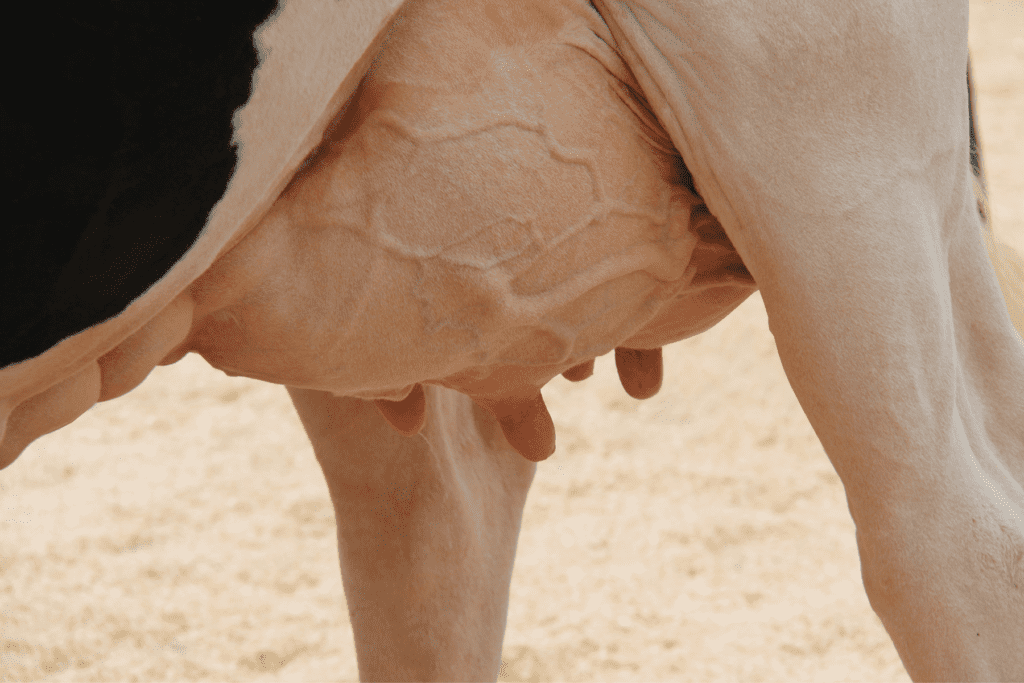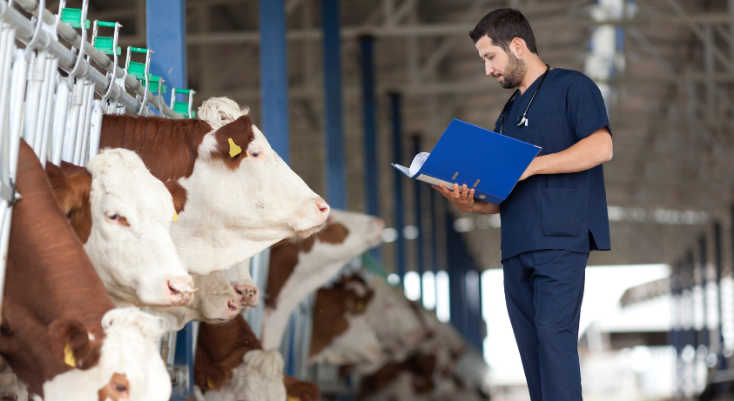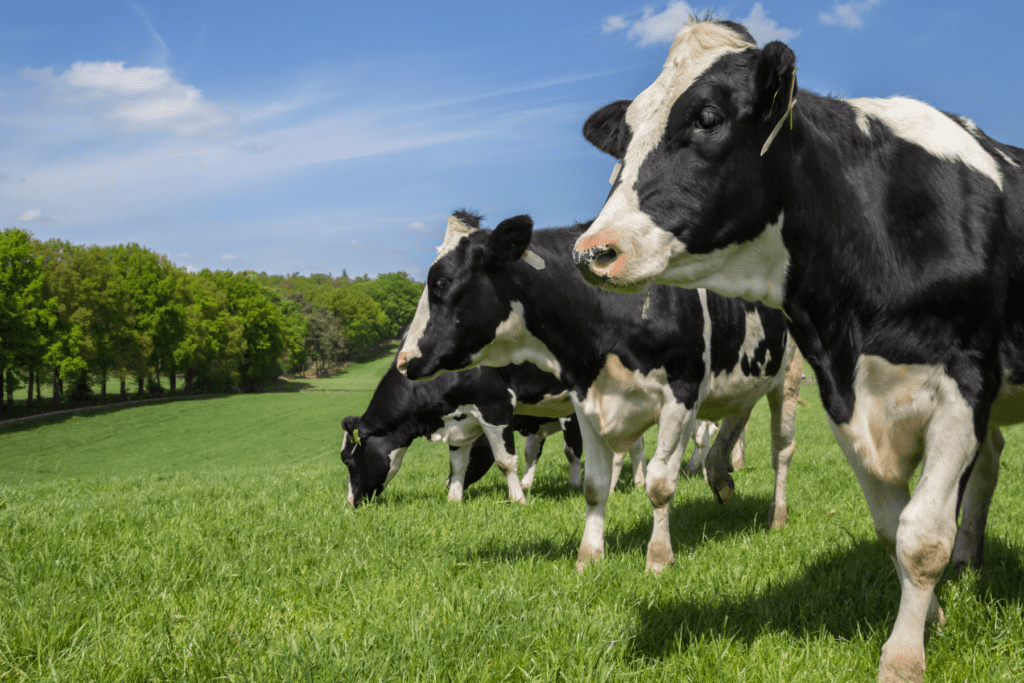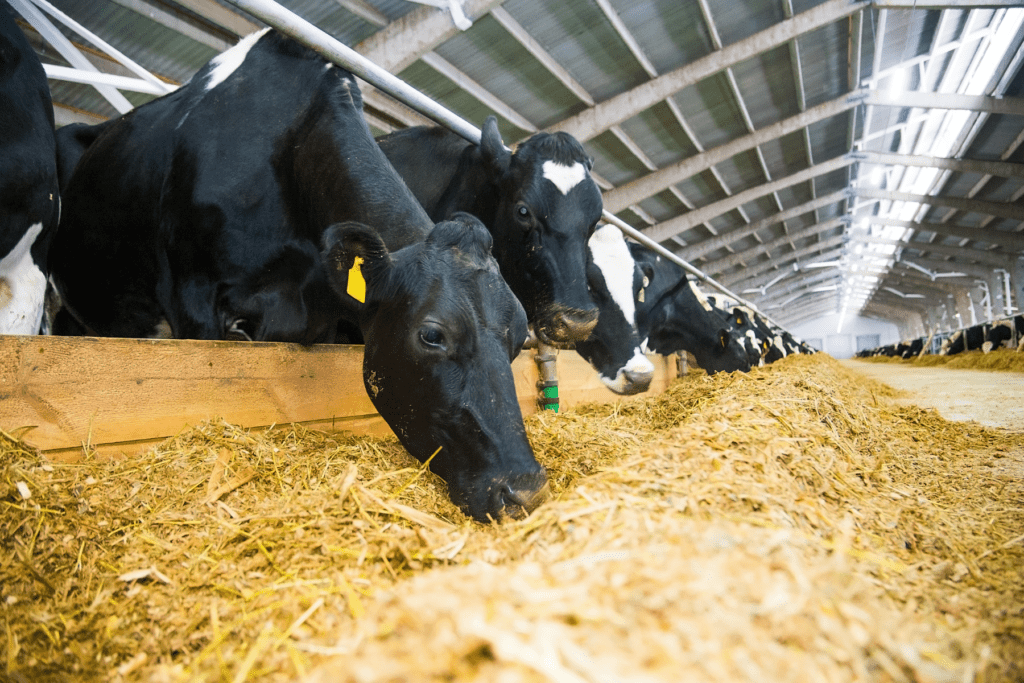Share this page
Excellent udder health for high quality milk
Excellent udder health during lactation results in high quality milk
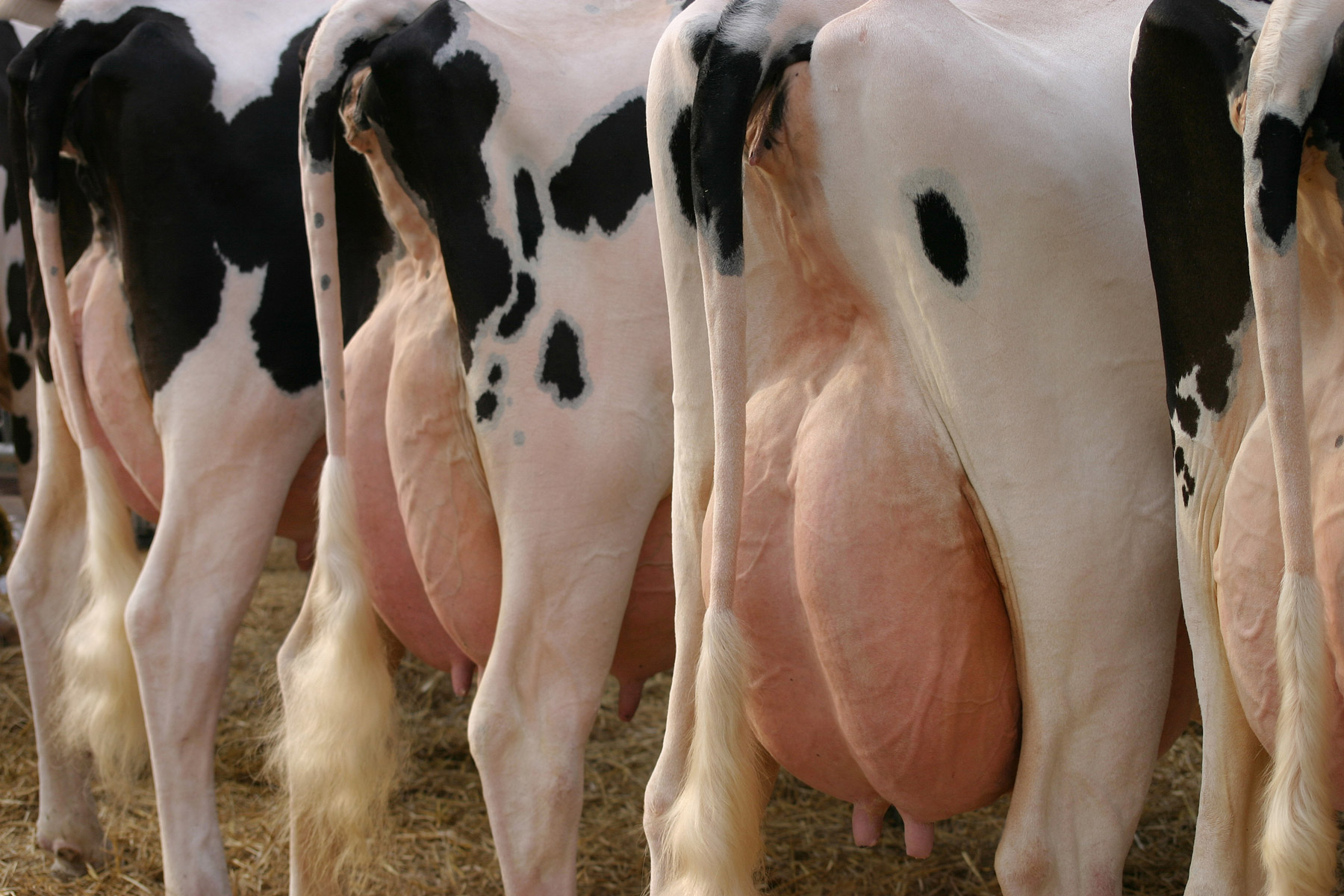

The innate immune system of a dairy animal plays an important role in susceptibility to disease, such as mastitis, and influences milk production. At the time of calving, the immune system is more fragile, and the udder may mount a response to both infectious and non-infectious stressors.
Guarding against mastitis is of the utmost importance. Mastitis is an inflammation of the mammary gland, and one of the most significant
diseases of dairy cattle. Diagnosis of mastitis can be made based on proof of inflammation.
Fostering the immune system for optimal responses can help animals resist the establishment of mastitis when infections occur. By modifying the known risk factors and by optimising herd management, risk levels can be low.
In the past, clinical examination, and the presence of somatic cells on the milk were mainly used, but current examination procedures and sensor techniques can broaden this spectrum. Infectious stressors are constituted by the different pathogens present in the udder, which might provoke relatively different inflammatory responses. The control of microbial pathogens can be done by active immunization, such as vaccination or intracanalicular injections, to reach adequate protective levels in the mammary gland.
Among non-infectious stressors, inappropriate nutrition can modulate the generation of inflammatory lipids. After calving, imbalances in dietary nutrients or metabolic adaptations, such as a negative energy balance, can increase metabolic stressors. Different cattle breeds have different innate immune responses in the mammary gland and other crucial metabolic features. Prevention of inflammation can be achieved with the help of:
- Adequate energy balance and diet composition, for instance, rich in omega-3 fatty acids and appropriate micronutrient supplementation.
- Clean, dry and well-ventilated bedding material is the most appropriate means to reduce environmental stress.
- Making milking a regular, gentle, rapid and appropriate quarter routine, reduces udder stress.
Monitoring systems have a key role to play in supporting accurate and timely diagnosis of mastitis.
Current sensor systems have potential to support the farmers’ operational management of udder health. Experts from the IDF have set recommendations to different mastitis situations where active mastitis management is needed. Learn more in this video.
Learn more about animal health
& welfare
The breadth of issues IDF covers in its work is extensive. Learn more about the work we do.
Promoting the welfare of dairy animals
For a dairy farmer to be successful at producing milk of good quality, the welfare needs of dairy animals must be met.....
Read MoreCalf care from birth to weaning
The animal health and welfare management of calves from birth to weaning is of great importance to the dairy sector, as healthy calves lead to healthy....
Read MoreHeat stress in dairy cattle
Heat stress in dairy cows can have negative consequences for milk production, and for reproduction, welfare and health.....
Read MoreMinimizing the need for antimicrobial use
To minimize the need for antimicrobial use, the dairy sector encourages good animal health and welfare.....
Read MoreHeat stress in dairy cattle
Heat stress in dairy cows can have negative consequences for milk production, and for reproduction, welfare and health.....
Read MoreRelated reports & publications
IDF provides a permanent source of authoritative scientific and other information on a whole range of topics relevant to the dairy sector.
Bulletin of the IDF N° 498/2019: The IDF Guide to Good Animal Welfare in Dairy Production 2.0...
This guide provides recommendations on stockmanship, feed and water, physical environment, husbandry practices....
IDF Animal Health Report N° 14
The 14th edition of the IDF Animal Health Report illustrates the importance of animal health and welfare for s....
Bulletin of the IDF N° 396/2005: Evaluating Milking Performance
Overview of commonly-encountered problems in machine milking of cows and guidelines for methods for evaluating....
Bulletin of the IDF N° 394/2005 - Economic Consequences Of Mastitis
Control of mastitis is undertaken to improve animal welfare and economic performance. However, calculating the....
Related news & insights
Keep up to date with the latest news and insights from leading experts in the global dairy sector.
Coordinated action needed on mastitis
Healthy and productive dairy animals are vital to the provision of a safe, sufficient and nutritious food supply at a time of a rapidly increasing....
DISARM project launches platforms to share strategies to reduce livestock antibiotic requirements
DISARM, an active network dedicated to finding innovative solutions for antibiotic resistance has launched new range of platforms this month (watch....
ICAR/IDF Workshop: Animal-based indicators to promote welfare in dairy cows
IDF and ICAR to host a workshop on the use of animal-based indicators of dairy cow welfare and its potential hamonization on 9 June....
IDF and ICAR webinar host an interactive virtual event on animal welfare
On the 24 February 2021, IDF, in cooperation with the International Committee for Animal Recording (ICAR), hosted a virtual event looking at....






